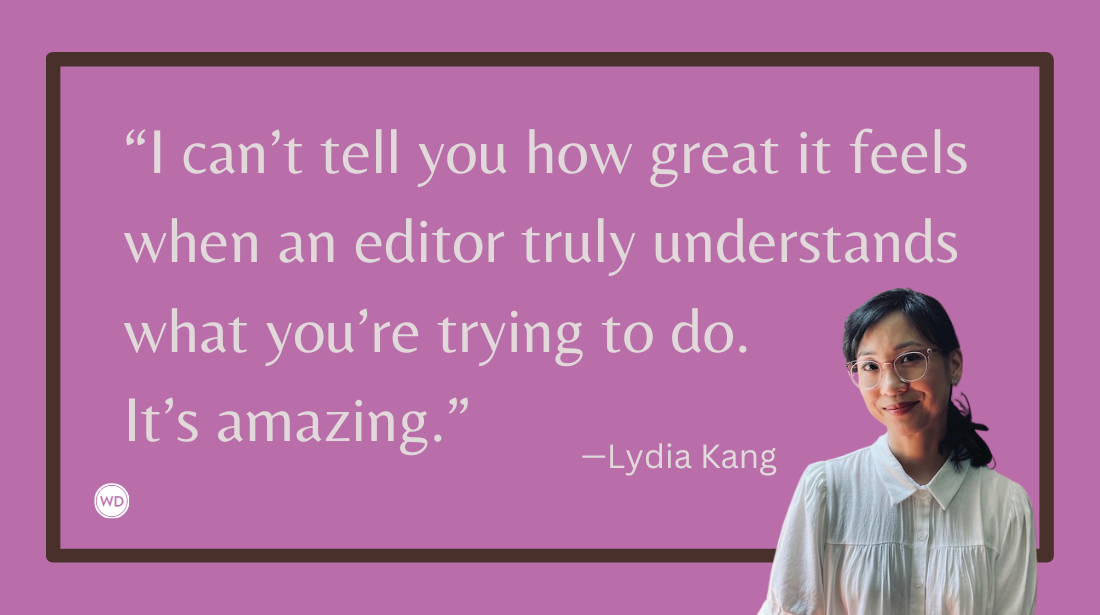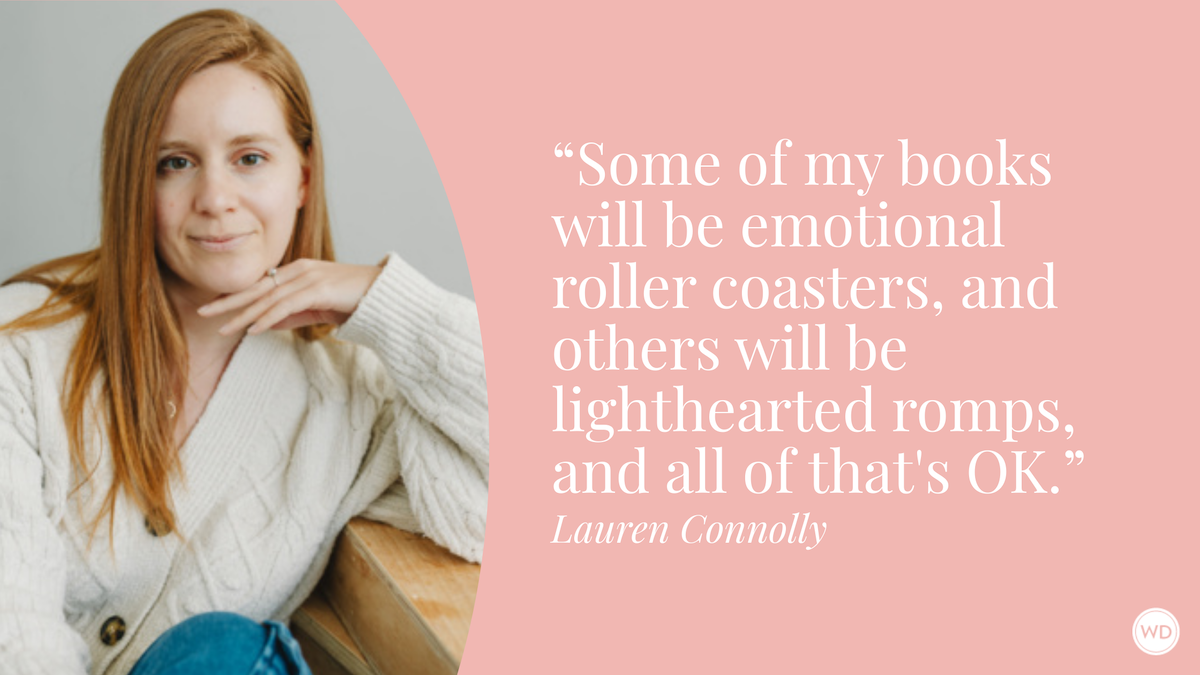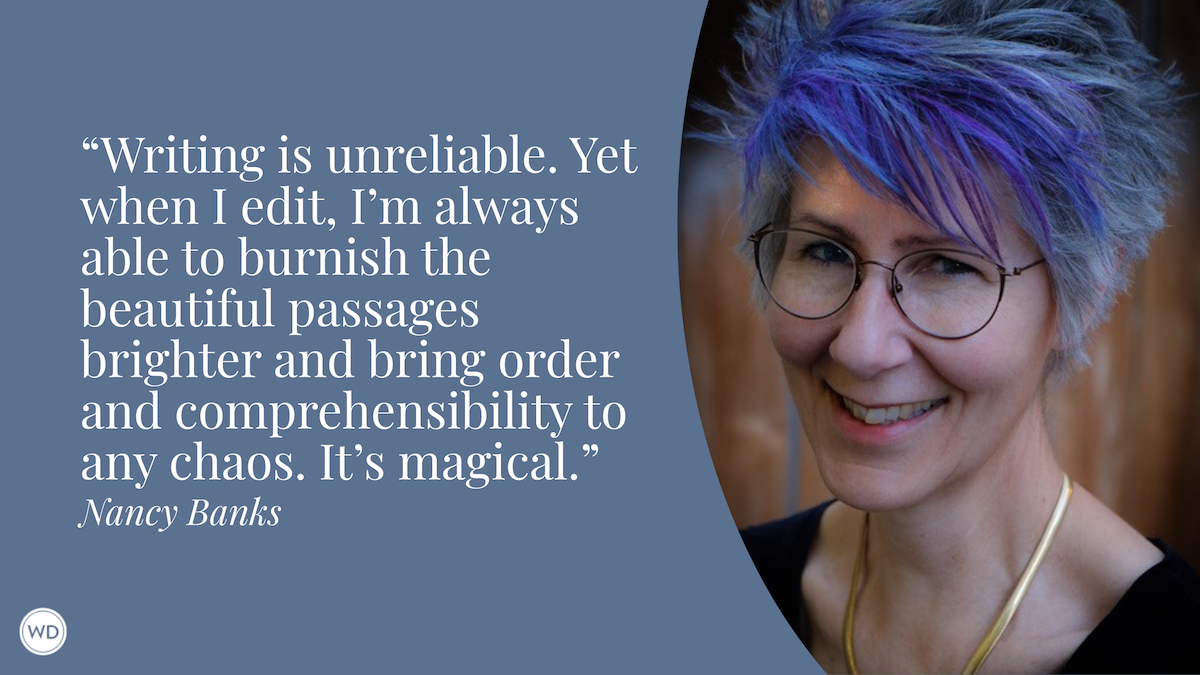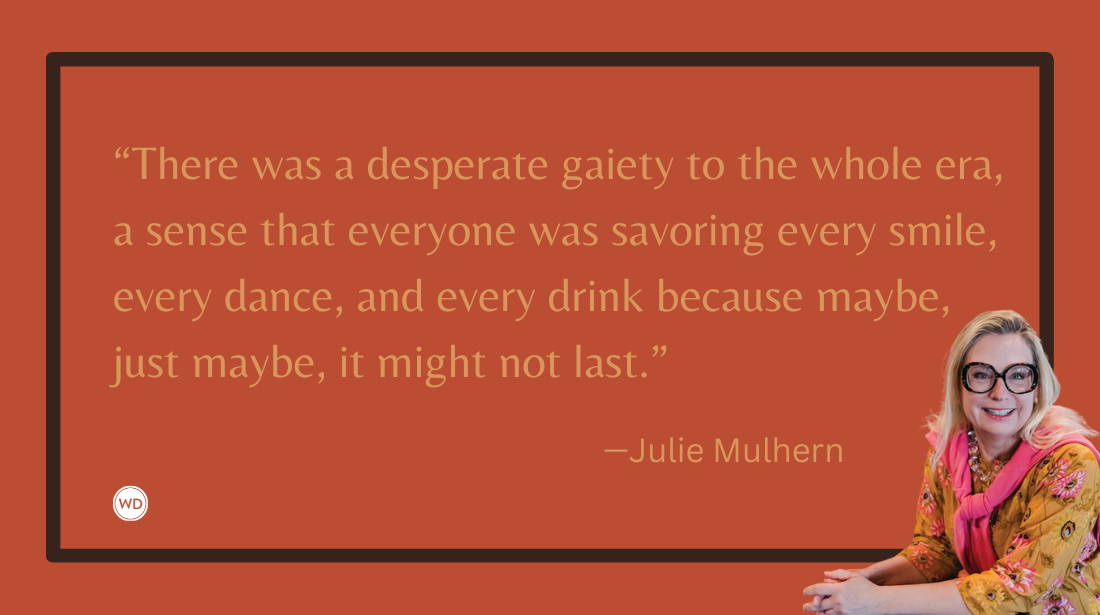Lighting the Dark South: Reclaiming Representation in Southern Gothic
Neurodivergent author Todd Brown shares some of this strategies and reasoning for increasing representation in Southern Gothic fiction.
I grew up in the Deep South, where every town looks like a postcard until you notice the secrets hiding behind the beauty. Most rural southern towns are porches and church bells, but it’s the mathematics of silence that unsettles me. If national averages hold, about 2,600 of a small town’s 26,000 residents are LGBTQIA+, and roughly 780 are autistic. Yet growing up, I met no openly queer adults until college. The only autistic kid I knew, who flapped his hands when fire trucks screamed by, was labeled “troubled” and soon vanished from school. The statistics insist we were everywhere, but most small towns’ hush made sure we felt alone.
That hush fueled my novel When Shadows Burn, a story that crawls through the attics of Southern Gothic and refuses to leave marginalized bodies in the walls. The genre has always thrived on rot and revelation, but its canon tends to center familiar figures like proper white families with skeletons, haunted belles mourning lost plantations, charismatic bigots whose cruelty feels inevitable. I still thrill to Faulkner, S. A. Cosby, Jesmyn Ward, and Tananarive Due’s tangled roads, yet I want the compass needle to swing toward voices those older books kept offstage.
The numbers demand it. More than 34 million Americans identify somewhere on the LGBTQIA+ spectrum, roughly one in ten adults. Autism sits at one in 35 translating to over 10 million people whose sensory wiring diverges from “normal.” When a genre built to expose buried horrors pretends those communities barely exist, that erasure becomes the darkest shadow in the room. Reclamation means letting the marginalized walk through the front door and decide whether the house should stand at all.
I began world-building with architecture, because Southern Gothic lives and dies by setting. The Martian House in my novel stands on the outskirts of Raven’s Cross like an aging Victorian monster. Before drafting a single creaking stair, I traced its history. A bootlegger built it and married a child bride. That lineage meant every scrap of peeling wallpaper carried sociopolitical weight long before any ghost rattled a chandelier. Each detail begged questions: Who hammered the nails? Who scrubbed the blood? Who was never allowed to cross the threshold? Once those questions led, the atmosphere followed with purpose.
Silence came next. Rural towns curate silence the way winemakers curate wine, labeling which truths are allowed to breathe and which stay corked. I underlined every moment a character withheld something. Queer and autistic characters swallowed anger, rewrote memories, endured polite labels like “confused” or “different.” Each omission revealed the machinery of power. Someone always rests easier when another’s reality stays invisible. Once that dynamic surfaced, conflict wrote itself.
I quickly found that writing trauma from inside a marginalized mind required restraint. Readers from these populations already navigate a world eager to showcase their pain for spectacle. I drafted graphic scenes, then peeled them back until only sensations essential to a character’s agency remained. Instead of lingering on bruises, I focused on a breath stolen behind a door and the hush before courage outweighs terror. Instead of cataloging every slur, I tracked the heartbeat-rush that turns flight into fury. The rules were simple. Fear must change a decision. Gore that changes nothing is exploitation.
But I knew hope had to survive the climax. Classic Southern Gothic often ends in ruin so complete it feels biblical, but I will not ask today’s readers, especially queer or neurodivergent readers, to watch another fire without a seed left in the ash. The smell of char lingers, but the sign still stands. Epilogue becomes prologue, testifying that real horror may scorch the ground but never decides what grows back.
For writers ready to drag their own region’s ghosts into daylight, my method loops through three questions. First, what physical space has your community mythologized, and whose fingerprints are missing from its history? Second, who benefits by cash, comfort, or power when that absence stays unspoken? Third, when horror erupts, what small, stubborn act can the erased characters perform that refuses erasure? Answer those questions scene after scene, and Gothic shadows reshape into something more honest, more unsettling, and paradoxically more humane.
The numbers aren’t abstract. At a hometown festival last month, I counted heads. In any 100 residents where I live, roughly 10 are LGBTQIA+ like my son, and three are autistic like me. I picture them drifting past vendor tables the way I once scanned bookstore shelves, hunting proof that our nightmares and heartbeats belong on the page. Hand them the lantern and say, “You lead; we’ll follow.” In a genre obsessed with hauntings, living people deserve the loudest voice, especially when horror is something that shouldn’t be real, but is.
Check out Todd Brown's When Shadows Burn here:
(WD uses affiliate links)









